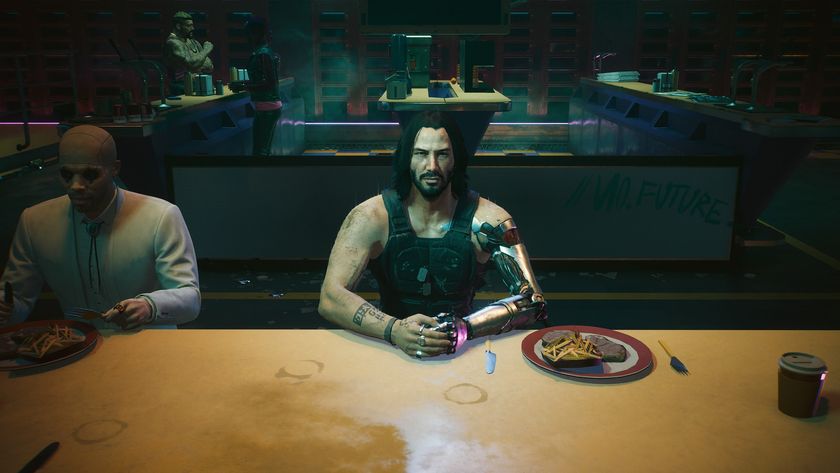Call of Cthulhu is weird horror, in good and bad ways
Fishy goings on in Lovecraft's universe
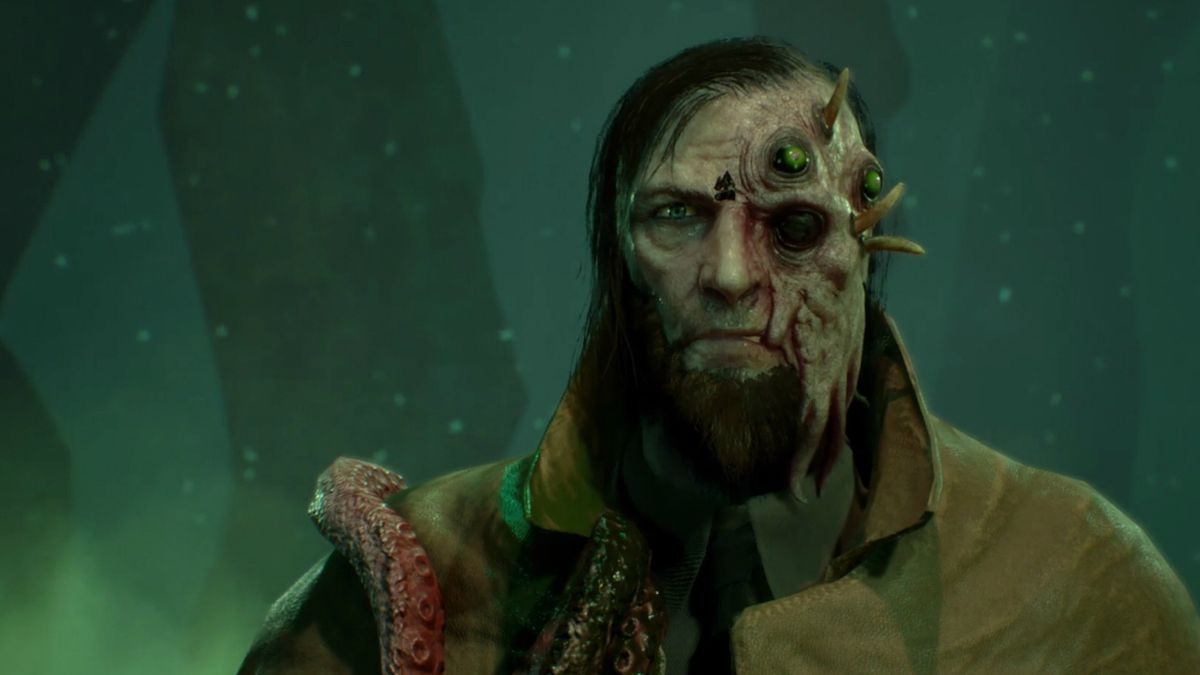
I'm a sucker for for anything Lovecraft, and while so many movies, books and games try to capture the old guy's distinctive brand of weirdo horror, few have succeeded in staying true to the cosmic madness and sea salt flavored mythology of his Cthulhu Mythos. Call of Cthulhu is the latest to try, using a 1981 tabletop RPG as the inspiration for a first person, investigative action game.
When you're headed into any Lovecraftian caper, your priorities are different to those of a normal game. You're hoping to be disturbed at the least. Ideally a small, dark squid of dread will swim into your heart and make a home there. In the three hours I spent in Cyanide's marine monster game I was willing to endure a few technical failings just for an authentic whiff of the briny Deep Ones.
Piercing screams
You play whiskey-sodden private detective Edward Pierce, hired to find out what happened to a family that reportedly died in a house fire on Darkwater Island, a place that once made its fortune from whaling but how now fallen on hard times. Arriving on the island you don't even have time to check the location of the nearest Shake Shack before you see the local constabulary arguing with the locals over the corpse of a dead whale. Other than decaying marine life, island attractions include a pub, some strange statues (defaced by an unknown vandal), a local gangster who supplies the populace with prohibited booze, and a spooky warehouse where strange sounds have been heard. Guess where you need to head first?
Pointing the right way
Throughout the game, Pierce will need to use various skills. The character progression isn't very intuitive, but it is surprisingly deep, and reminded me of The Council. Putting points into your knowledge of the occult seems like a good bet, but you can up your ability to spot hidden objects, or to charm the locals, or just boost your strength. I never found a time when a course of action was completely blocked off by one or the other deficiencies, but there's a chance that the later game might be harsher on weak-armed milksops that have put all their points into book smarts and none into brawn.
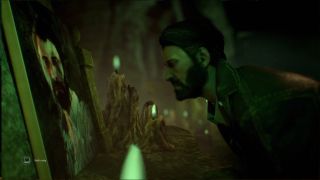
Once I was in the warehouse I got to have a poke around and try out the game's reconstruction mode. When this is active Pierce can see a ghostly echo of what's happened, and the scene - an argument at a dinner table, a sinister ritual, the path of a thief - changes as he examines different clues. There doesn't seem to be any way to actually fail, you just keeping looking for clues until the game prompts you to leave the mode, but it did help bring a little life to exploring otherwise empty rooms.
Minimalist mansion decoration
This reconstruction mode, combined with finding items and chatting to a succession of slightly wooden characters to unlock new dialogue options, make up the heart of the gameplay. This isn't one of those first person games where you're combining Cheetos and cough syrup and the toupee of a recently assassinated president—the item puzzles are more along the lines of finding a crowbar, and a few moments later finding a broken door you can force open with it. The world is also minimalist to the point of sparsity. This isn't a Dishonored sort of game where the levels are littered with items. Instead, if you find something you can pick up, you can be sure it's essential in some way.
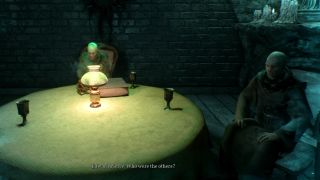
Despite myself, I did enjoy interacting with the NPCs that followed me about or threatened me at vital intervals. The dialogue is awkward, the characters oddly stilted, but that's fairly true to old Lovecraft's source material. (The man's ideas about terrifying sea gods were timeless, but his prose - and its underlying racism - less so.) When they're not in cutscenes the characters have all caught the bus directly from the Uncanny Valley, and sometimes I hesitated picking dialogue options because the voice work is so tonally odd. I didn't know if a character was meant to seem sinister, or it was just the result of a hammy accent and some clumsy facial animation. There's an unhealthy green tinge over almost everything in the world too, like a cursed Instagram filter.
Sign up to the 12DOVE Newsletter
Weekly digests, tales from the communities you love, and more
Cloak and ritual dagger
For the closing scenes of the demo the stakes were raised way beyond ferreting around a half-toasted mansion, instead leaving you to stealth sneak your way around underground caves filled with masked cultists sashaying around in robes. It was the first time I'd had to stealth in the game and it mainly seemed to involving just crouching and relying on the short sightedness of one wandering masked man. Another part added another new twists, suggesting that like the old GameCube classic Eternal Darkness: Sanity's Requiem, Ed's mental state would come into play in times of stress. The edges of my screened fuzzed up with the white fronds of fear, and I was warned to remove myself from the situation as quickly as I could. As my situation was lying bloodied among entrails of ambiguous origins in the cavernous haunt of a cult, this seemed like fairly obvious advice.
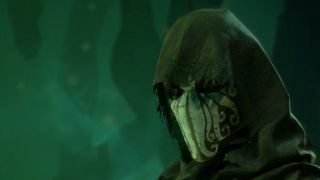
By the very final scene of the demo things had gone full tentacles with the arrival of a part man, part fish counter enemy and the suggestion I'd only had the starter course of crazy in my three hours. The game is an odd jumble sale of game mechanics and HP Lovecraft's mythology, but I still wanted more. Lovecraft's monsters were always strangely unknowable, I want to explore and battle them, even if I have to do it while everything is green and my companions are as wooden as sideboards. There's the potential for the game to get much weirder, and for the various mechanics to go beyond the tutorial level and get more complicated, and I hope Call of Cthulhu can deliver. The Deep Ones deserve more.
Call of Cthulhu: The Official Video Game will be released on October 30 on PC, PS4 and Xbox One.

Rachel Weber is the former US Managing Editor of 12DOVE and lives in Brooklyn, New York. She joined 12DOVE in 2017, revitalizing the news coverage and building new processes and strategies for the US team.
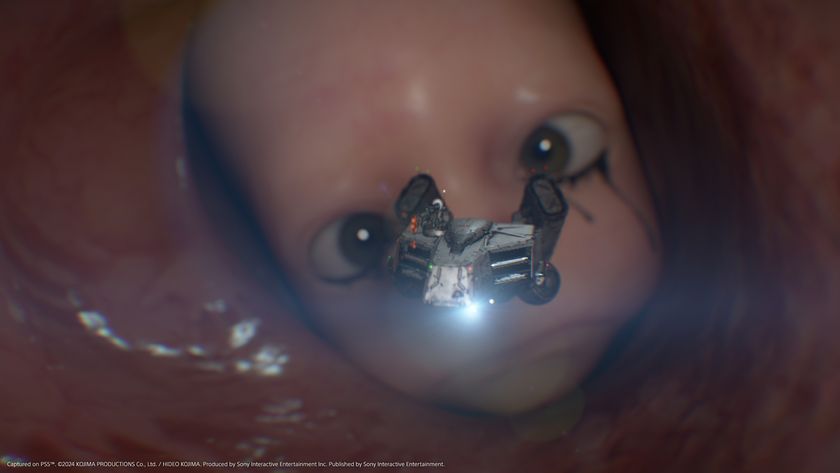
Death Stranding 2 draws ever closer as Hideo Kojima shares emotional behind-the-scenes update from "important scene" that wrapped recording for 6 voice actors at once
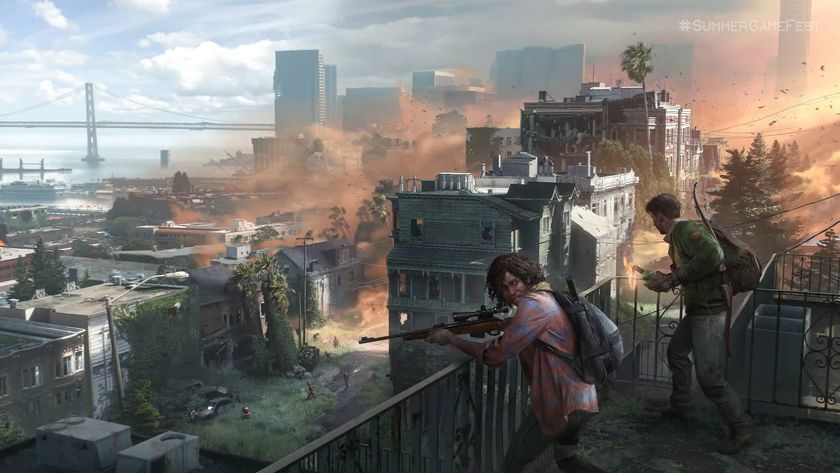
Cancelled The Last of Us Online game was "great," but former PlayStation exec says Naughty Dog had to scrap it after Bungie told them how much work it would be
Most Popular







